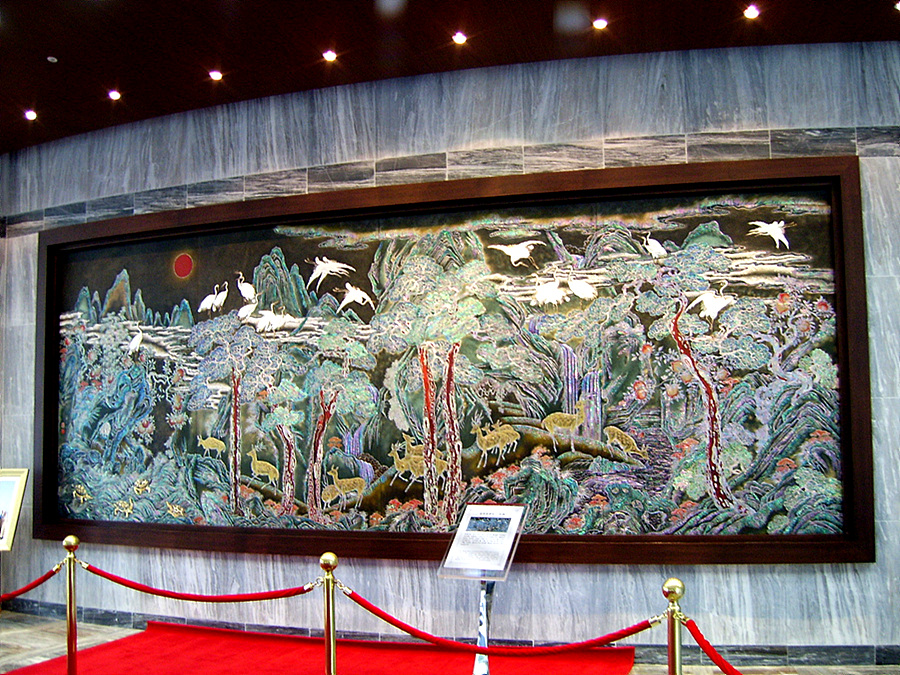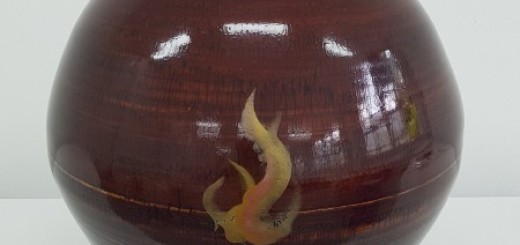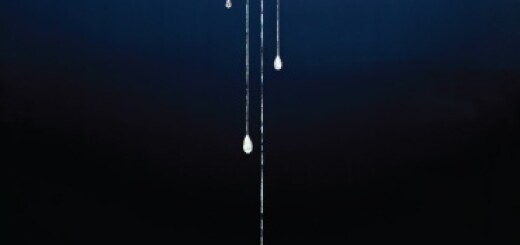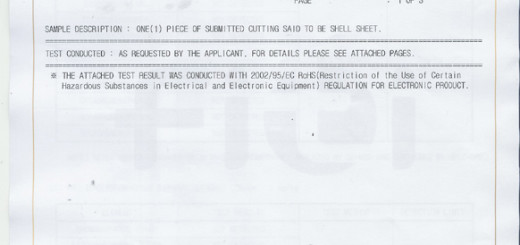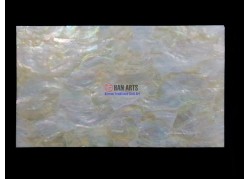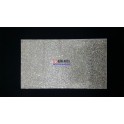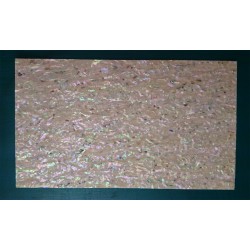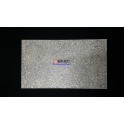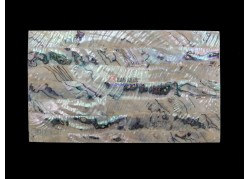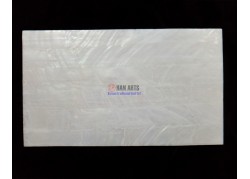1900 Paris Expo. One work from the Orient was on display. At the time, a Korean researcher from France said, “There are beautiful furnishings, such as elaborate chests of metal decoration. Wooden box, wooden dresser and closet are not found anywhere elegantly or in style “.
An international student uncovered this observer at the Asiatic School Library in Paris and introduced it to the Joongang Ilbo on July 4, 1977. It was the first exhibition of lacquerware exhibited in Europe. Nakajo lacquerware was the first Korean craft made by Europeans.
Nowadays, people who were born in the 1980s like movies and TV have a lot of stories about history that they do not know. Whether it is a reality or an exaggerated fiction, it is always interesting for people like me who always meet history through literature or work.
In Koryo Dagyeong, where the culture of the Goryeo Dynasty can be known, there is a record that “Goryeo lacquer technique is very sophisticated and priceless, and the manufactured saddle is very sophisticated.”
Lacquer ware found in various parts of Korea since prehistoric times shows that the lacquer made of wood and soil was lacquered or the lacquer lacquer made of lacquer was used in Unified Silla period.
These lacquer arts reached its peak in the Goryeo period, and it developed into a lacquerware made by clipping or cutting off its mother lacquer and became widely known as a high quality artwork.
In particular, in the 13th year of the Koryo Dynasty (1272), the ‘Battleship Comic Book’, an organization that professionally produces lacquerware, was installed. It is guessed that the elaborate marching technique, such as the lightness to store the long hinged hinge made here, showed the extreme of formative beauty and became the pioneer of the inlaid celadon. Goryeo lacquerware of national treasury has sublimated into ethnic art and developed into a folk art that was loved by the people throughout the Joseon Dynasty.
A lacquer lacquered lacquer on the wood, a cloak, clipping or cutting off the mother-of-pearl, like Hwangryong-jong, work together to complete the work. Among them, lacquer is the most precious element that makes lacquerware shine brightly.
In Asia, Korea, China, Japan, and Vietnam are the four countries that produce artworks using natural lacquer materials. Among these, China, Korea, and Japan are the three countries in which lacquer trees are grown, which can be used as a remnant. The value of these extracts from lacquer trees in these countries was recognized in Europe in the 17th century.
I planted lacquer seeds from China and planted them, but in France and Italy, the home of wood furniture, I did not grow lacquer trees, so I planted lacquer seeds in China, but I could not use lacquer.
Today, in the English dictionary, “Lacquer” is used for lacquer, “Lacquer Craft” for lacquer craft, and “Lacquer Art” and “Lacquer Painting” for lacquer paintings. The lacquer is pulverized to a chemical coating used as a general coating. That’s why lacquer crafts are devalued in the West.
China (Daqi) and Japan (Urushi) are written in their own language instead of Lacquer. A lacquer craftsman in Japan said, “Lacquer is blood of God.” On the other hand, Ottchil, the native language of Korea, began to be used as a proper name in 2002, thanks to Kim Sung Soo.
There is no earth material over the lacquer. It has a function to control not only waterproof, insect, but also humidity. When painted on a metal ornament, it does not rust, and when painted on leather, it keeps a smooth texture.
Since the 1960s, Korea has entered an era of liberalization. The influx of western culture and Western education accelerated the turnout of our culture. In this way, the traditional lacquer ware, which has been neglected out of the study, has gradually been replaced with a synthetic lacquer called ‘kashu’, which has been transformed into a cheap lacquerware product, and our deep-rooted tradition is in crisis.
“Since the 1980s, all of Korea ‘s manufacturing industry has been mass – producing, and synthetic lacquer has become popular, not lacquer. Nowadays people do not know about lacquer. I can not distinguish between synthetic lacquer and synthetic lacquer. Lacquer is our long tradition in Korea. I’m undervalued because I do not know. It takes a long time and hard work, so the price of lacquer is inevitably high. In the 20th century, the reason for the break of the traditional technology was that there were not many people to teach and many students to learn. Also, due to the devaluation of lacquer, the market has not been formed properly, so few people buy crafts. Lacquer craft is a luxury. The lacquer itself is a very precious material, and the people who make it become increasingly precious, and it is a structure that can not help but come out at a higher price. ”
Lacquer takes more time than I imagined. Although it is not revealed by the appearance, the hand of the craftsman melts into the work for a long time. The handicraft industry is planned by people, invested, built, sold, bought and used. The stories that people make and use permeate each piece of work.
I hope that more people will appreciate the value of lacquer to revitalize the handicraft industry. Is culture that feels the value of big handicrafts in life a true advanced culture?
